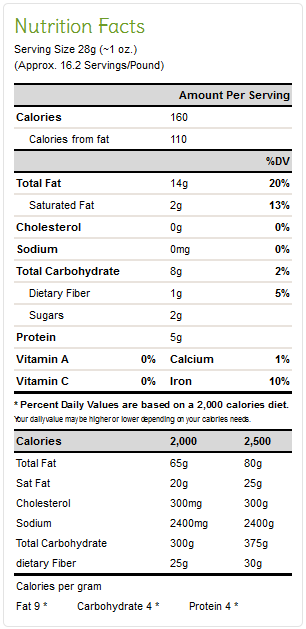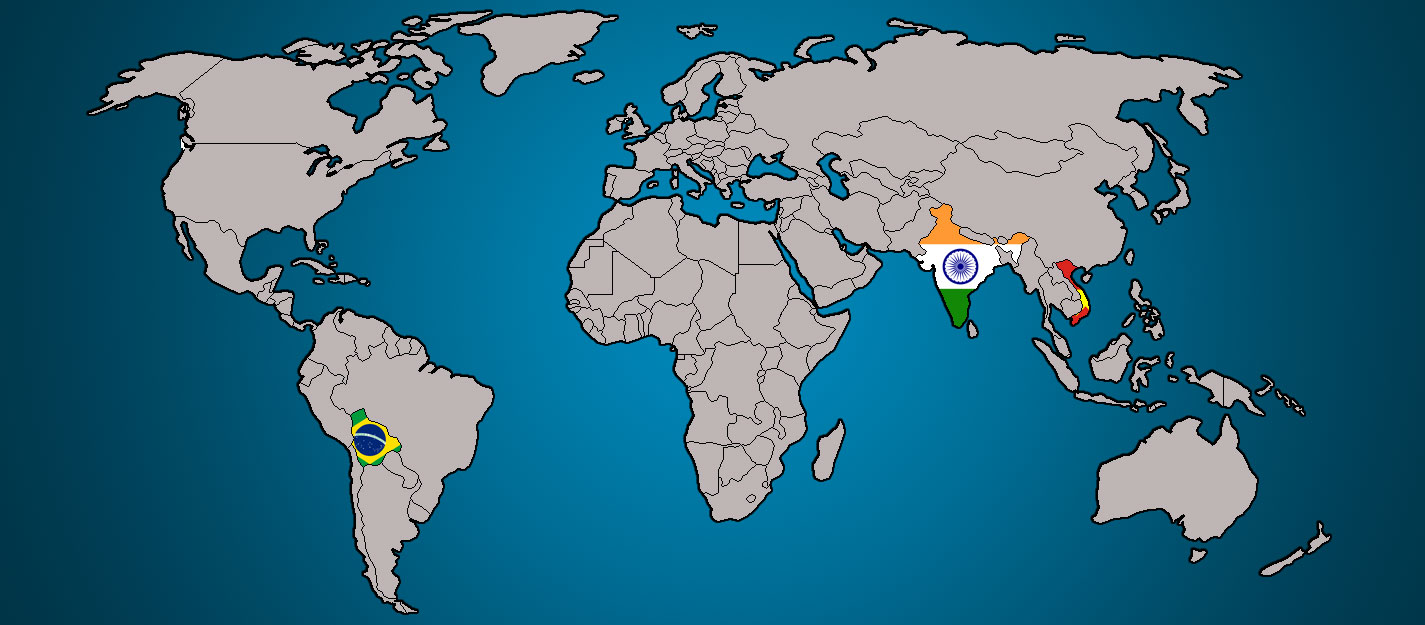Origins: Vietnam, India, Africa, Brazil
Scientific Name: Anacardium Occidentale
The cashew tree is native to coastal areas of Brazil. They were brought to India and Africa by Portuguese explorers. Now Vietnam and India are the world’s largest producers although Brazil, Africa and Indonesia also provide important contributions to global production.
Cashew trees start bearing fruit 2-3 years after planting. They reach full maturity at between ten and fifteen years and have a life span of about thirty to forty years. Once the cashew trees have blossomed, the buds turn into a fruit called the cashew apple and the inshell nut grows attached to the underside of the fruit. As the apple matures, it becomes softer and more juicy. The fruit itself can be eaten raw, or used in jams, chutneys and made into beverages. The cashew nut can be harvested when the nut turns an ash grey in colour. The inshell nuts are harvested when the fruit has fallen to the ground naturally. They are then taken to processing plants for cracking.
The processing consists of preliminary cleaning, roasting, shelling and separation, drying and peeling. The cashews are initially cleaning by manual picking and sieving of debris. They are then roasted in a rotary cylinder. After roasting the shells are removed either manually or mechanically and the kernel removed. The kernels are dried in hot air chambers, which facilitate the final peeling stage. The cashew kernels are then graded based on whether they are whole kernels, splits (halves) or pieces and then again by size.
Cashews are primarily used as a snack item, either raw or roasted. They are an important ingredient in Southeast Asian cuisines and can be ground for use in cashew butter.
Cashews are high in unsaturated fats, of which 66% are monounsaturated fats such as those found in olive oil. Studies suggest monounsatured fats can help to prevent coronary heart disease and stokes. Cashews are also high in magnesium, needed for healthy bones.


